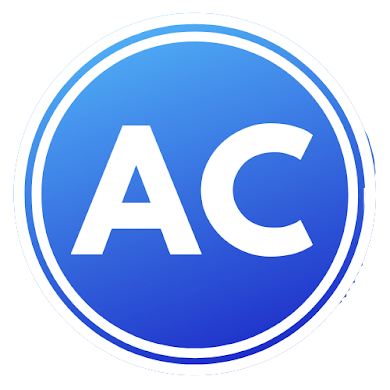Introduction:
Mobile app development has been on the rise in recent years with the increasing popularity of smartphones and tablets. With more and more businesses looking to tap into the mobile market, developers are constantly looking for ways to create apps that are engaging, responsive, and compatible with multiple platforms. This is where Flutter comes into the picture.
Flutter is a mobile app SDK (Software Development Kit) that allows developers to build high-performance, natively compiled apps for mobile, web, and desktop from a single codebase. Developed by Google, it has gained immense popularity among developers worldwide due to its ease of use, flexibility, and performance.
In this blog post, we will dive deep into Flutter, its architecture, and its benefits for cross-platform development.
What is Flutter?
Flutter is an open-source mobile app SDK that uses the Dart programming language to create high-performance, visually appealing apps for mobile, web, and desktop. It was released by Google in 2017 and has since gained significant traction in the developer community.
Flutter is unique in that it allows developers to create beautiful, responsive apps that run natively on both iOS and Android platforms from a single codebase. This means that developers can write code once and deploy it on multiple platforms, reducing development time and costs significantly.
Architecture of Flutter:
Flutter's architecture is based on the concept of widgets, which are the building blocks of Flutter apps. Widgets are user interface elements such as buttons, text fields, and images that are assembled together to create the overall user interface of the app.
In Flutter, everything is a widget, including the app itself. This means that developers can easily build complex user interfaces by combining widgets, and they can also reuse and customize existing widgets to fit their needs.
Flutter's architecture is composed of four layers:
Flutter Framework Layer: This layer contains the widgets, rendering engine, and basic libraries that are used to build Flutter apps.
Engine Layer: This layer is responsible for rendering the widgets and managing the communication between the Flutter Framework and the platform-specific code.
Platform Layer: This layer contains the platform-specific code for iOS and Android, which is responsible for interacting with the hardware and software of the device.
Dart Runtime Layer: This layer contains the Dart Virtual Machine, which executes the Dart code and manages memory allocation.
Benefits of Flutter:
Faster Development: Flutter allows developers to write code once and deploy it on multiple platforms, reducing development time and costs significantly. This means that businesses can launch their apps faster and reach their audience quicker.
Beautiful, Responsive User Interfaces: Flutter's widgets are designed to create visually appealing, responsive user interfaces that are customizable and easy to use. This means that businesses can create engaging, interactive apps that their users will love.
High Performance: Flutter apps are natively compiled, which means that they run at near-native speed on both iOS and Android platforms. This ensures that users have a smooth, seamless experience while using the app.
Hot Reload: Flutter's hot reload feature allows developers to make changes to the code and see the results in real-time without having to restart the app. This makes the development process faster and more efficient.
Large Community: Flutter has a large, active community of developers who are constantly contributing to the framework and sharing their knowledge and expertise. This means that businesses can find resources and support easily and quickly.
Conclusion:
Flutter is a revolutionary framework that has transformed the way developers approach cross-platform development. With its ease of use, flexibility, and performance, it has become the go-to framework for businesses looking to create engaging, responsive, and natively compiled apps for mobile, web, and desktop.
If you're a developer looking to explore Flutter, there are plenty of resources available



0 Comments